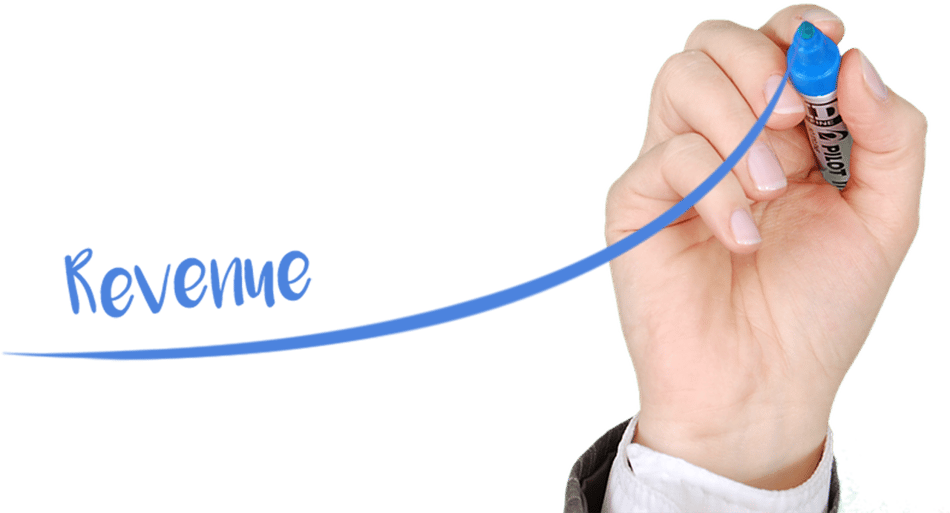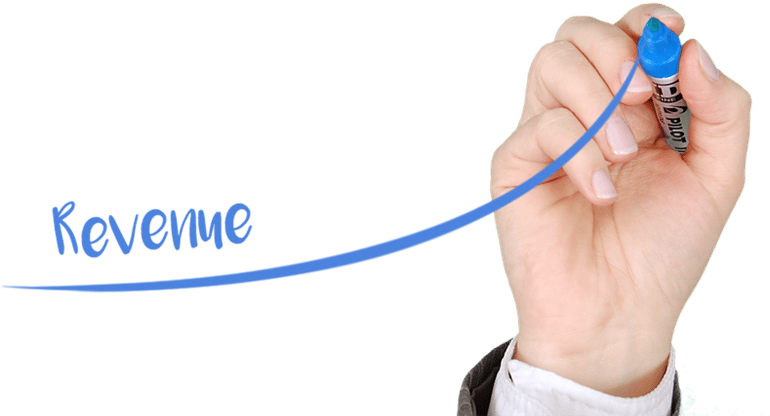Grow Your Revenues With Brand Awareness and Lead Generation

In B2B companies brand awareness was once the domain of marketing, while lead generation was mostly owned by sales. The internet has changed all that. Today companies can rely almost completely on marketing for both growing awareness and generating leads, freeing up sales reps to do what they do best – driving revenues.

A successful lead generation strategy orchestrated by marketing can now support the efforts of sales reps throughout the funnel. The only caveat is that a company needs to have brand awareness in the marketplace for their lead generation to be effective.
Why is Brand Awareness Important?
Brand awareness is all about how well your target market knows your company and product or service. In an ideal world your company will be top of mind when buyers have a relevant need, and they will contact you. The process of generating brand awareness is based on communication – communicating to your target market and presenting your company and product to as many potential customers as possible. It’s not only a matter of making your brand known, however, you also need to convey credibility to build the trust of prospective customers.
The best brand awareness campaigns include thought leadership, where your company demonstrates its expertise and shares its knowledge through white papers, webinars and other tactics that educate prospective buyers. Thought leadership tactics also help you communicate your value proposition and collect leads through form fills, but your main motivation should be to give, not to take. When 39% of C-Suite executives say thought leadership influenced them to ask a vendor to participate in an RFP and 47% say it has a direct impact on awarding business, thought leadership is worth the time, expense and effort.
Thought leadership and other inbound marketing tactics, such as your website, social media profiles and case studies, pull prospects one at a time toward your product, growing the relationship between them and your brand. While outbound marketing tactics, such as ads, events and sponsorships, can broaden your reach, by getting your brand in front of a large number of potential customers at once.
Lead Generation and Brand Awareness Go Hand in Hand
In our 2019 B2B Marketing Benchmark Study, 87% of the executives we surveyed placed lead generation at the top of their marketing goals for the year. In second place, at 47%, was increasing brand awareness. But the two work together. If you have low brand awareness in your target market your lead generation efforts likely won’t be very successful. People won’t purchase from you if they aren’t aware of your company or what it does. Once you have grown your brand awareness you can layer on lead generation campaigns.
How Does Lead Generation Work?
Lead generation is developing buyer interest or spurring them to make inquiries into your product or service. Its goal is to acquire new contacts to nurture through the funnel to the final sale. The best lead generation tactics speak to your ideal customers/buyer personas with information and offers that satisfy their specific needs, drawing them further into the sales funnel.
Lead generation strategies usually have two parts: acquiring leads and then nurturing the ones that fit your ideal buyer personas.
Acquiring Leads
A great way to acquire leads is through acquisition campaigns in a strict weekly cadence over a 3 week period – just long enough to convey your message and still retain your audience’s interest. We find that a series of 3 emails with a small goodwill offer, or trickling out 3 valuable pieces of thought leadership content over 3 weeks, get strong results every time. You just need to find an imaginative hook that continues to draw the reader in and entices them to find out more or give you their details in a form fill for later campaigns/list building.
Nurturing Leads
A large part of lead generation is lead nurturing – taking a solid lead and nurturing it from being a lead that marketing is hand-holding through the funnel (a Marketing Qualified Lead – MQL) and turning it into a lead that is ready to talk to sales (a Sales Qualified Lead – SQL). You will know the point at which an MQL becomes an SQL because the lead would have accepted one of marketing’s offers of a free demo, a trial or to have a rep get in touch. To get to the SQL stage, marketing uses lead nurturing campaigns to develop relationships with prospects through a high level of personalization – anticipating their knowledge needs and supplying next-step information along their buying journey. Marketing automation can really help with personalizing lead nurturing campaigns, but this can also be done manually.
While most B2B companies think that lead generation is the more important of the two, brand awareness and lead generation work together to grow revenues. A brand that is already known and credible is certainly going to see more benefit from lead generation campaigns that supply the right information, at the right time, during the prospect’s buying cycle. Rather than viewing brand awareness and lead generation as mutually exclusive when discussing investments of time and resources, they should be considered a package deal – at least until your brand awareness has made you top of mind with potential buyers.
.png?width=2361&height=488&name=Mezzanine%20Logo_Horiz_RGB_on%20blue%20(1).png)
